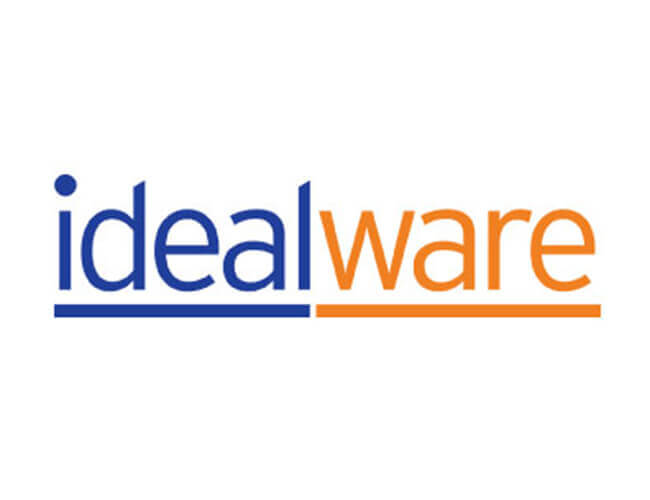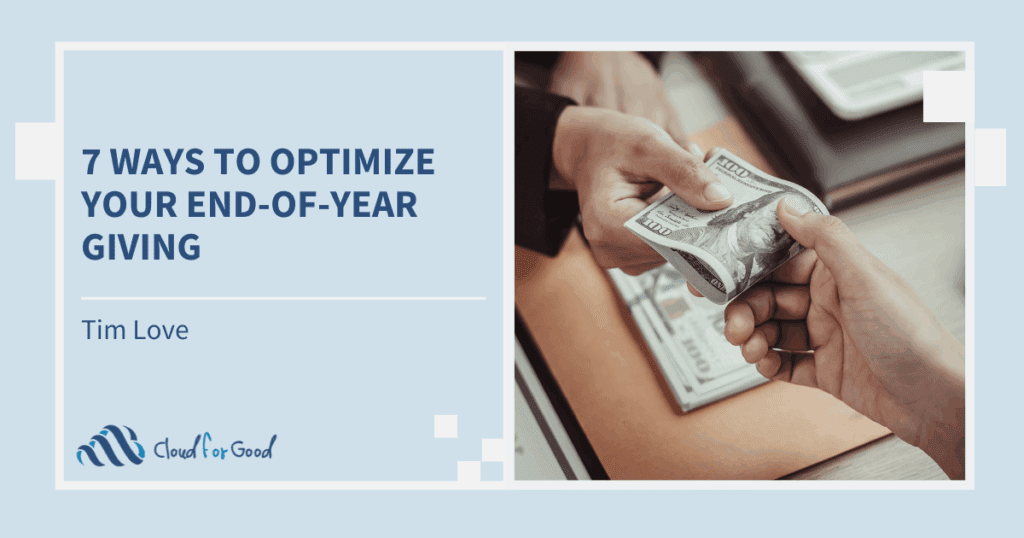Do you use Salesforce as a Constituent Relationship Management database at your organization, or are you considering it? Since it launched in 1999, more than 20,000 nonprofits have employed the cloud-based system, with up to 10 free licenses made available to them by the philanthropic Salesforce Foundation. What’s the catch? Making such a powerful system work for the particular needs of a nonprofit isn’t always straightforward.
When our friends at Idealware approached us with their plans to research and write a new report, The Landscape of Salesforce for Nonprofits: A Report on the Current Marketplace for Apps, to tell you everything you need to know, we jumped at the chance to sponsor it. You can download the report for free here.
What’s in it? To learn more about the benefits and drawbacks of Salesforce, Idealware’s researchers interviewed nine prominent consultants specializing in implementing Salesforce for nonprofits along with several members of the Salesforce.com Foundation about what the platform does well, and what you’ll want to add to it to suit your needs. Then they evaluated some of the constituent management packages built on top of Salesforce, including the Salesforce Foundation’s Nonprofit Starter Pack, which is aimed at turning the sales automation platform into a tool for nonprofits. They also took a look at the universe of add-ons to the base Salesforce platform—called “apps” because of Salesforce’s online marketplace, the App Exchange—to find out which might be useful to support a nonprofit’s processes.
The goal for this report was to break down misconceptions about the tool and to collect disparate information in one place to help you make informed decisions. Whether you’re already using Salesforce, are thinking about adopting it, or have yet to even consider it, there’s information in it for you.





